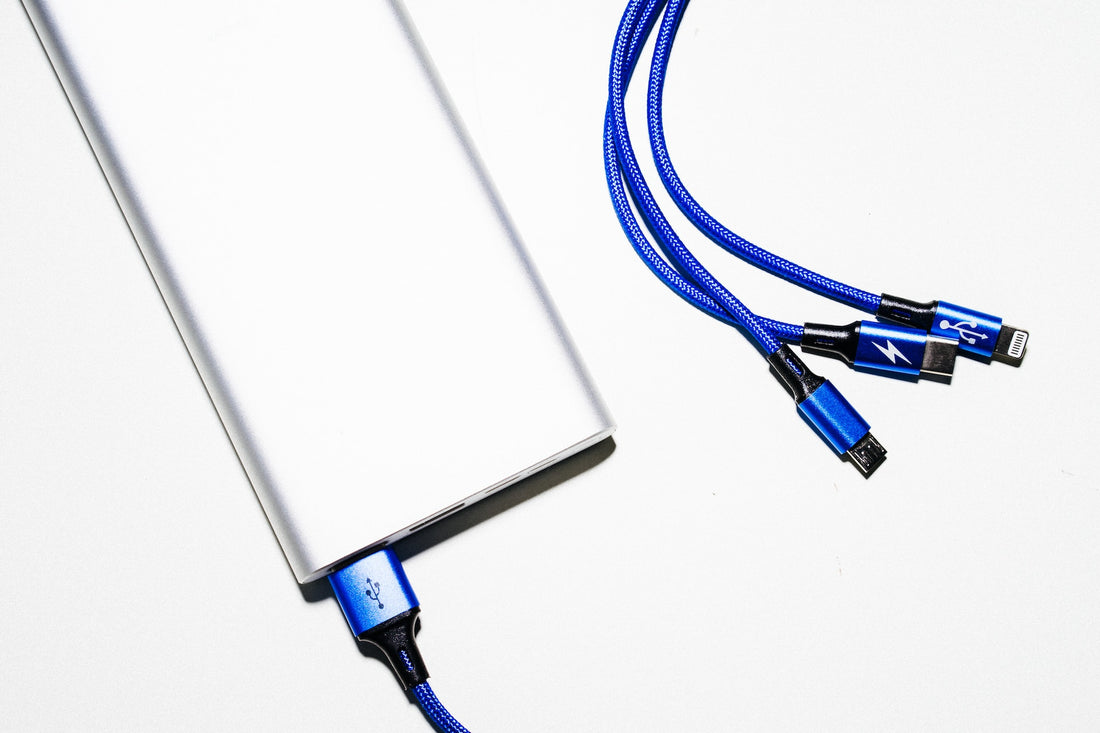
Unveiling the Evolution of Charging Ports: From Diversity to Uniformity
Share
In today's tech-savvy world, the landscape of charging interfaces has witnessed a dynamic evolution. From the early days of USB Type-A and Micro USB to the contemporary USB Type-C and wireless charging, each interface has brought its own set of advantages and transformations. This blog will delve into the primary charging interfaces prevalent in the market, their historical development, and the potential trend towards unification in the future.
Major Charging Interfaces
- USB Type-A: USB Type-A, one of the earliest and most ubiquitous USB interfaces, has historically connected a wide range of devices, including chargers, computers, and printers. However, its larger size and lack of reversibility limited its utility, particularly in mobile devices.
- Micro USB: Micro USB gained popularity in early smartphones and other mobile devices. Despite its widespread adoption, durability issues led to its gradual replacement by more robust alternatives.
- USB Type-C: The introduction of USB Type-C marked a significant milestone in charging interfaces. Known for its versatility and reversible design, USB Type-C supports both charging and data transfer. With higher data transfer speeds and enhanced power delivery capabilities, USB Type-C has emerged as the preferred interface for many modern mobile devices.
- Lightning: Introduced by Apple in 2012, the Lightning interface initially gained prominence for its compatibility with iPhones, iPads, and iPods. However, the rise of USB Type-C has challenged its market share, prompting discussions about its long-term viability.
- Wireless Charging: As technology advanced, wireless charging emerged as a mainstream trend. The Qi wireless charging standard, widely supported across numerous devices, enables users to charge their devices by simply placing them on a charging pad, eliminating the need for physical cables.
The Future of Charging Interfaces
Looking ahead, several trends and discussions shape the future of charging interfaces:
- USB Type-C Proliferation: USB Type-C has become a standard feature in many next-generation mobile devices, reducing cable clutter and enhancing compatibility.
- Toward Standardization: The growing adoption of USB Type-C suggests a potential move toward a more standardized charging interface. This shift could simplify the user experience, eliminating the need to purchase different cables for various devices.
- Advancements in Wireless Charging: Wireless charging technology may continue to advance, offering longer charging distances and higher efficiency, further reducing reliance on physical cables.
- Emergence of New Charging Technologies: Ongoing technological advancements could give rise to new charging techniques, including faster charging speeds and more efficient energy transmission.
While a variety of charging interfaces currently exist in the market, the popularity of USB Type-C and the trend toward standardization indicate a future of convenience and consistency. However, achieving complete standardization will require addressing technical, commercial, and standardization challenges. As technology evolves, the charging landscape is poised for transformation, potentially leading to a more streamlined and unified charging experience for consumers.
